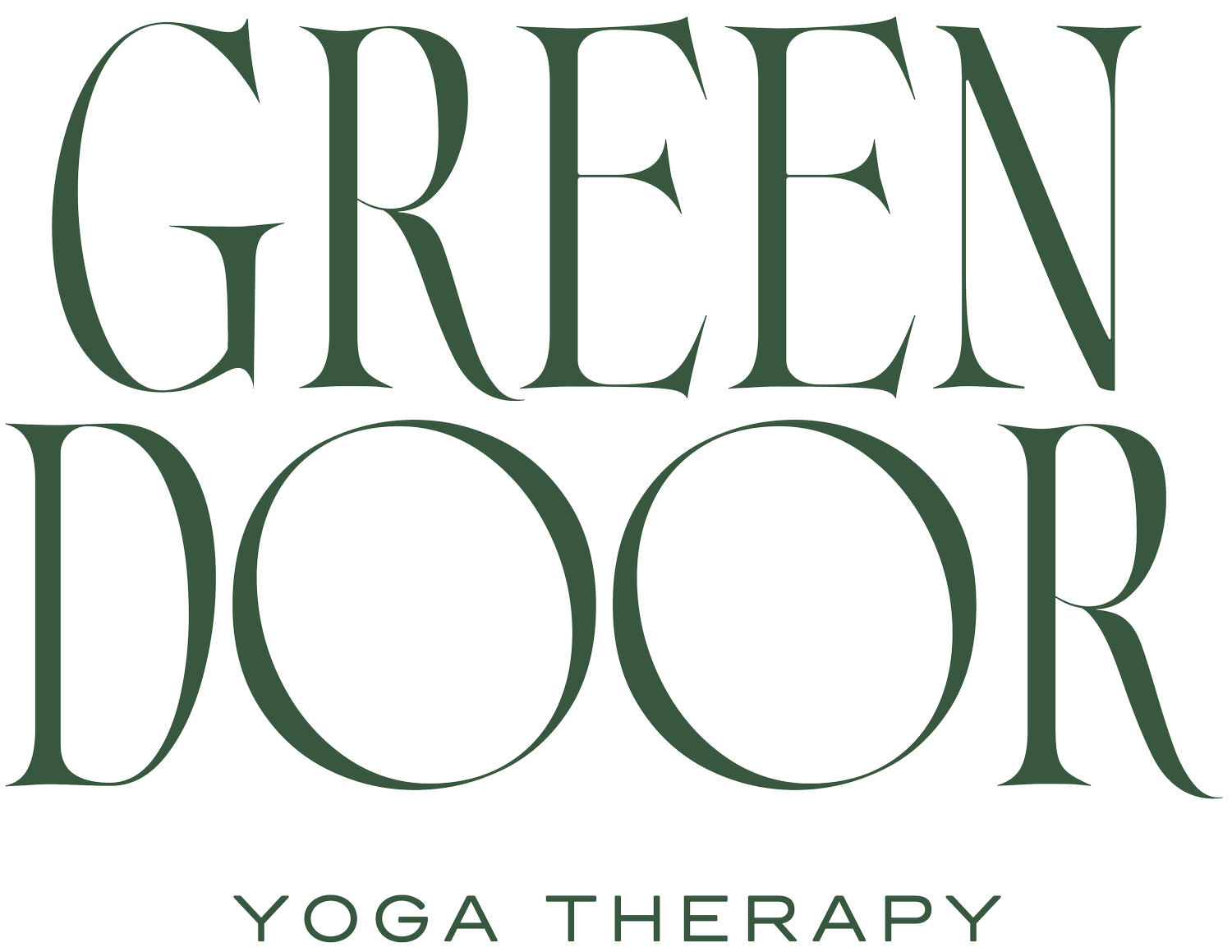Yoga therapy vs studio yoga in eating disorder recovery.
In eating disorder recovery, many people are told that yoga will be good for them - and that’s correct! But in saying this, we need to remember that yoga is a practice that is thousands of years old, with countless lineages and practices. Saying that “yoga is good for you” is a little like saying “medicine is good for you” - it’s such a blanket, vague statement that it is as good as useless. This is a blog post for those in recovery looking for yoga as a support, as well as health professionals that wish to include yoga in their patients’ treatment plans, so that yoga can be “prescribed” in the safest and most healing way.
What’s the difference between studio yoga and yoga therapy?
Studio yoga is where most people start their yoga journey. Price-wise, it’s very accessible, and classes can be entered at any time without having to wait for the beginning of a course. However, for people looking to recover from an eating disorder, a yoga studio is not necessarily the safest place to do so.
Studio yoga is mostly physically focussed, with small amounts of meditation and breathing practices. Yoga therapy is a holistic practice, with a more even balance between the different components of a yoga practice, such as movement/asana, breathing/pranayama, meditation/dhyana, chanting/mantra, and energetic practices/mudra and kriya.
Studio yoga is standardised, and the teacher will teach to the middle of the group. The class is not necessarily designed with different physical and mental abilities in mind. Yoga therapy is more individualised, whether in a 1:1 setting or in a group with similar health goals, so that wellbeing goals can be targeted and moved towards.
Studio yoga is practiced only in a group, in a public setting, which may be confronting or stoke competition for those with eating disorders. Yoga therapy is practiced in private, whether individually or in a group, where clients feel safest.
Recommendations for studio yoga
If for whatever reason yoga therapy isn’t available, eating disorder recovery can still be supported by studio yoga. However, there are styles of studio yoga that will be more supportive than others. Below, I’ve explained my reasoning for the styles of yoga I would or wouldn’t recommend for those experiencing an eating disorder.
As a yoga therapist, I would recommend…
Hatha yoga - a practice that is slow and steady, while still bringing in an element of physical challenge. This is a balanced practice that will always have some element of meditation and pranayama/breathing practice as well as the physical movement.
Restorative yoga - as the name suggests, this practice is focussed on resting. Because the shapes are held for so long in such a gentle and supported way, the teacher often has enough time to move around the class helping each person individually.
Yin yoga - a practice where less is more. The less physical effort put into this practice, the more physical benefit you get. This practice has the added benefit of experiencing discomfort in a safe space, which is vital to eating disorder recovery.
As a yoga therapist, I would not recommend…
Ashtanga - a very physically focussed, all or nothing approach. While the structure of this practice may be familiar and comfortable to those experiencing eating disorders, this can encourage perfectionist behaviours.
Bikram - a practice done in 40 degree heat. As you can imagine, this can place unwanted stress on hearts already under pressure. There is an element of release from disordered thoughts due to the intense focus in the practice, but these thoughts tend to return immediately post-practice.
As a yoga therapist, I would sometimes recommend…
Vinyasa - while this practice is physical, there are different “levels” to it. A beginners’ Vinyasa class, or one that is advertised as being slow and steady, might be supportive to those who feel like they need movement to feel safe in their bodies, and get overwhelmed by stillness. However, Vinyasa classes that are advertised as being “sweaty”, “fast-paced”, or “advanced” should be avoided due to their similarity to exercise.
This comes from my lived experience as a yoga practitioner, studio yoga teacher, yoga therapist, and as someone who has experienced an eating disorder. Others’ views may vary, but I believe that my experience in all four of these areas makes me uniquely qualified to comment on how different styles of yoga can help or hinder one’s recovery.

